Alexander Howard, managing editor of Lonely Planet’s destinations content, recently traveled to Hong Kong. Here, he shares some tips and insights for anyone planning a similar trip.
Hong Kong and I go back. Many years ago (more than I’d like to admit), I visited as a college freshman and fell in love with the city — its neon-washed streets, kaleidoscopic street markets and non Stop Lane Kwai Fong Nightlife.
So for this trip, I was eager to see how Hong Kong had developed. I wanted to revisit the familiar streets and places that had left an indelible mark on my earlier travels and experience the city from a new angle.
where were you staying What was the vibe?
I stayed at the Prince Hotel in Tsim Sha Tsui. Located near the Kowloon waterfront, just a block away from a convenient Mass Transit Railway (MTR) stop, the hotel was a perfect location for exploring the city. The Prince caters to both business and leisure travelers, so decor leans toward the understated. It’s forgettable, yet professional. Common abstract paintings are matched with bold accent walls in green, red or yellow. The breakfast buffet was a good way to start the day, combining Western-style items like eggs and bacon with Eastern-style food in the form of steamed buns and noodles. A room with a harbor view is worth the extra cost.
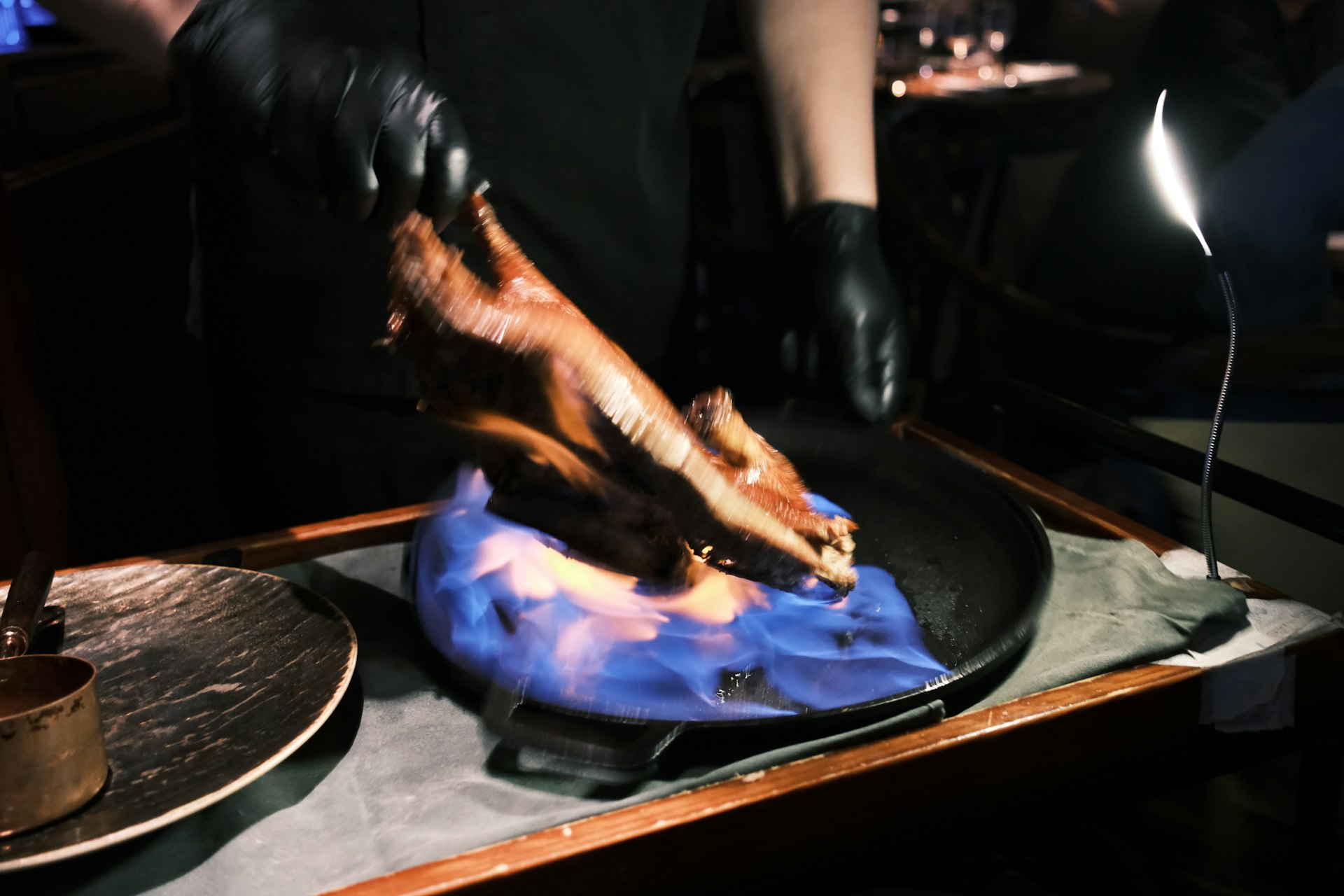
Best thing you ate?
In a city known for its food, this question is a bit like asking to choose your favorite child. If I had to choose, I would choose Hutong. Located above Tsim Sha Tsui on the 28th floor of the H Zenter building, Hutong is one of Hong Kong’s most popular restaurants. The restaurant’s design combines traditional Chinese aesthetics with modern style: dark wooden tables and fixtures resemble the famous streets found in Beijing, and expansive windows offer sweeping views of Hong Kong’s skyline and harbor. The view is especially spectacular during the city’s 8pm light display.
The culinary star of the show is the Peking duck, which ends up on the table in a dramatic bath of flames. A perfect balance of crispy skin and soft, flavorful meat, the duck was served with traditional thinly sliced cucumbers, scallions, a sweet and tangy duck sauce, and soft, warm Chinese pancakes. Supporting roles were delicious dim sum (served anytime), crispy red lantern soft-shell crab with Sichuan dried chilies, and bok choy in fish broth.
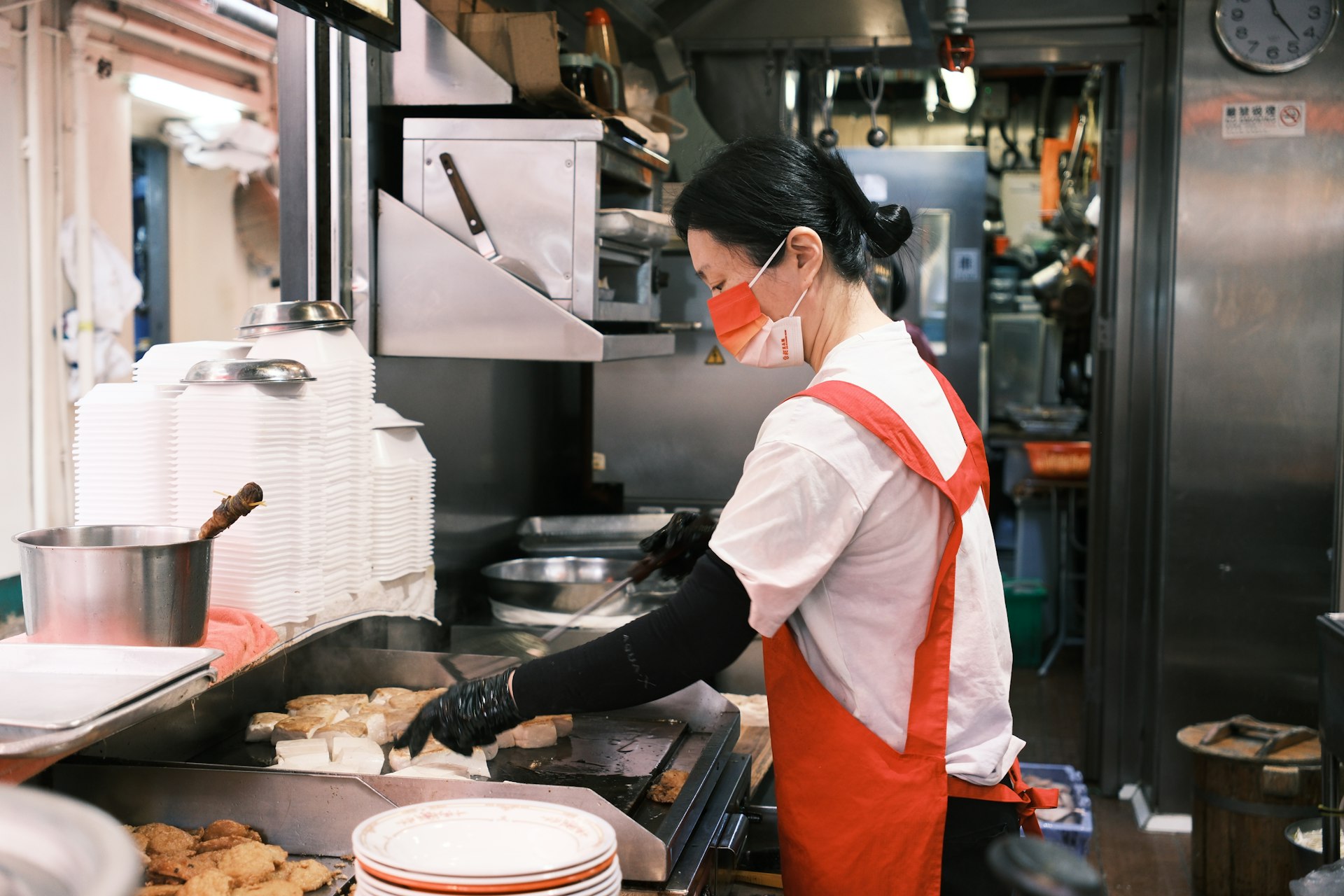
What was your favorite under-the-radar activity?
Stroll through the historically working-class neighborhood of Shui Po in the evening. Far from the glitz of the central districts, this area is where traditional trade and communities have survived amid the city’s rapid modernisation.
My tour also included a stop at the King Wu Tofu Factory, a humble but Michelin-starred eatery that has been perfecting bean curd dishes for over 60 years. Their bean dahi ki kheer, a simple yet popular dish, a silky, delicate dessert made from coagulated soy milk, highlights the region’s culinary heritage – thriving without the need for extravagance. I added a spoonful of pink cane sugar for extra sweetness.
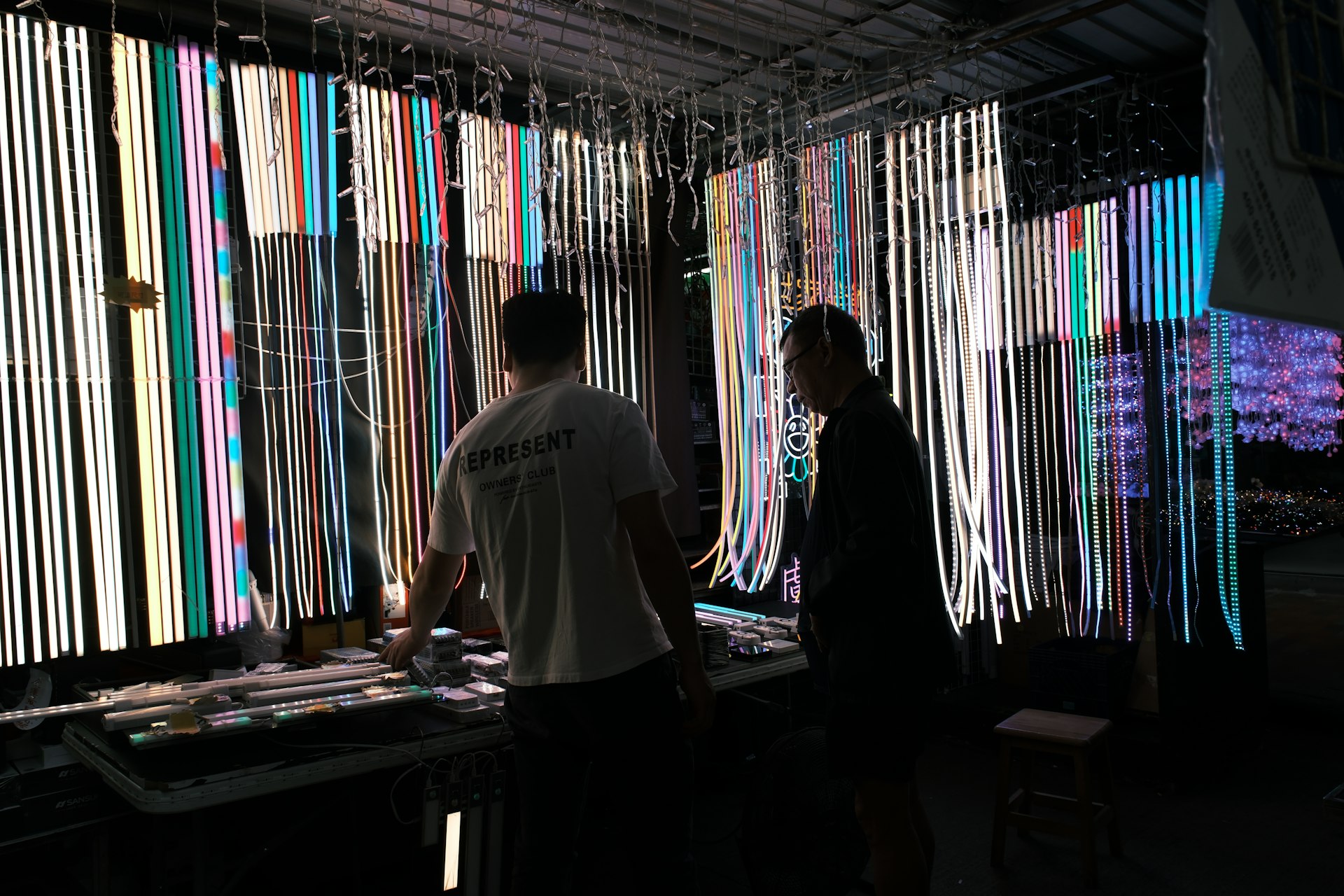
Sham Shui Po is another reason to visit the market and shopping center. The lively Apple Street Flea Market was an interesting area to stroll through, especially once Hong Kongers had finished work. And were ready to bargain. Selling everything from tools and lights to various knick-knacks, the market offered a glimpse into the daily lives of Hong Kong residents.
Toy Street was more playful than the more practical offerings. The market street, lined with stalls selling trinkets, hummed with the sounds of toys, the chatter of plastic animals and the sounds of locals shopping. It is a place where both children and adults can find something to spark their curiosity. In fact, I found a plastic robot with light-up eyes that was a hit with my four-year-old son back home.
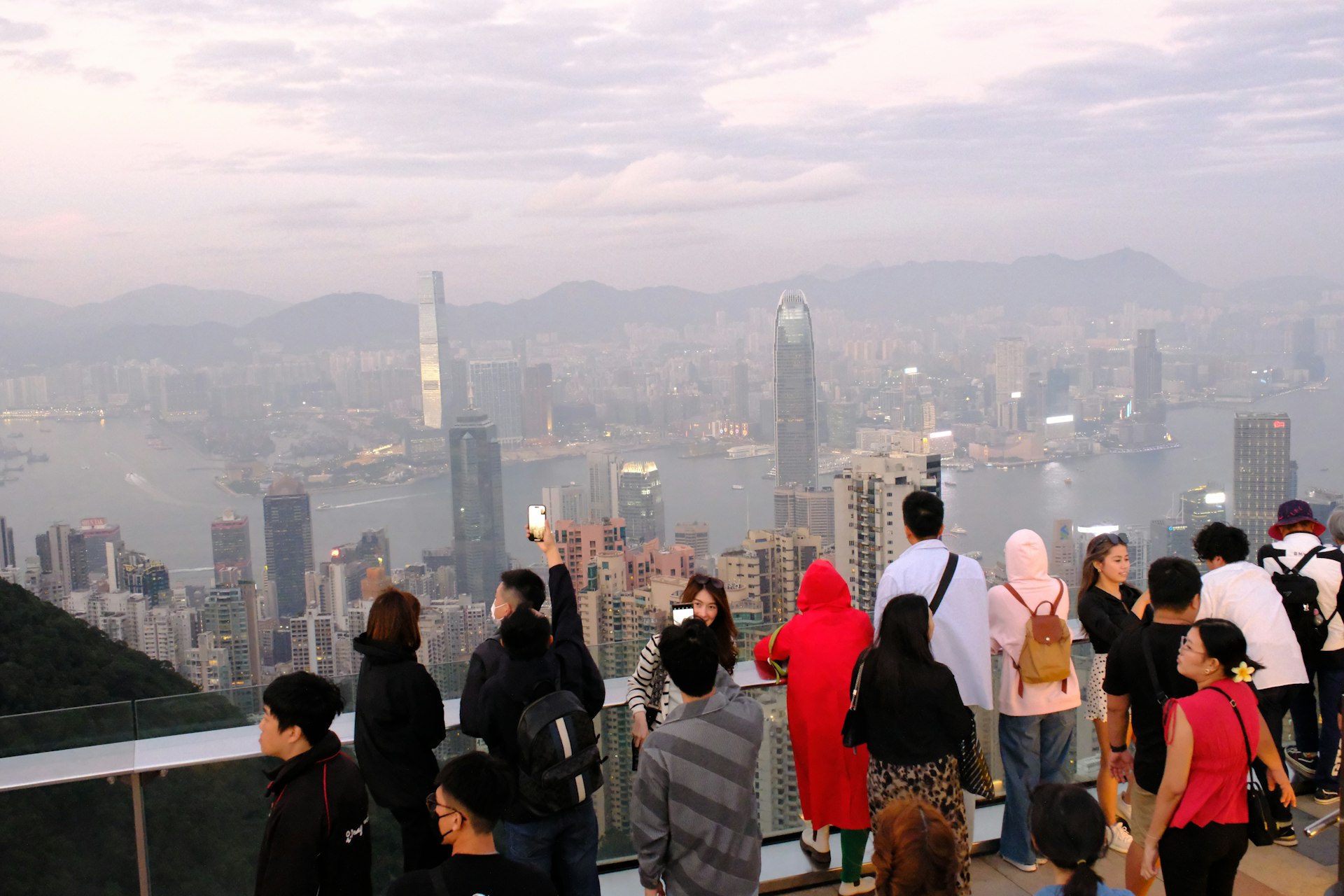
What’s the most touristy thing you’ve done?
I rode the summit tram up to Victoria Peak, a rite of passage for pilgrims. Operating since 1888, it is one of the oldest funicular railways in the world. The vertical incline from 28m (92ft) to 396m (1299ft) is an engineering marvel. However, the experience was somewhat dampened by the crowds and commercial atmosphere at the top – there’s a Bubba Gump shrimp restaurant and Madame Tussauds at the top, which gives you an idea of what to expect. Then the summit view, while pleasant, doesn’t necessarily live up to the hype. To catch a glimpse of the cityscape, you may have to slip through the crowds of visitors.
For those looking for a quieter but equally rewarding experience, I’d suggest an alternative: watching the sunrise from Lugard Road. Take a taxi to Victoria Peak, and then follow Lugard Road as it winds its way up the north side of the mountain. It’s a much more peaceful way to enjoy the stunning views of Hong Kong’s skyline as this cyberpunk night transitions to a quiet city awash with LED signage and glass skyscrapers.
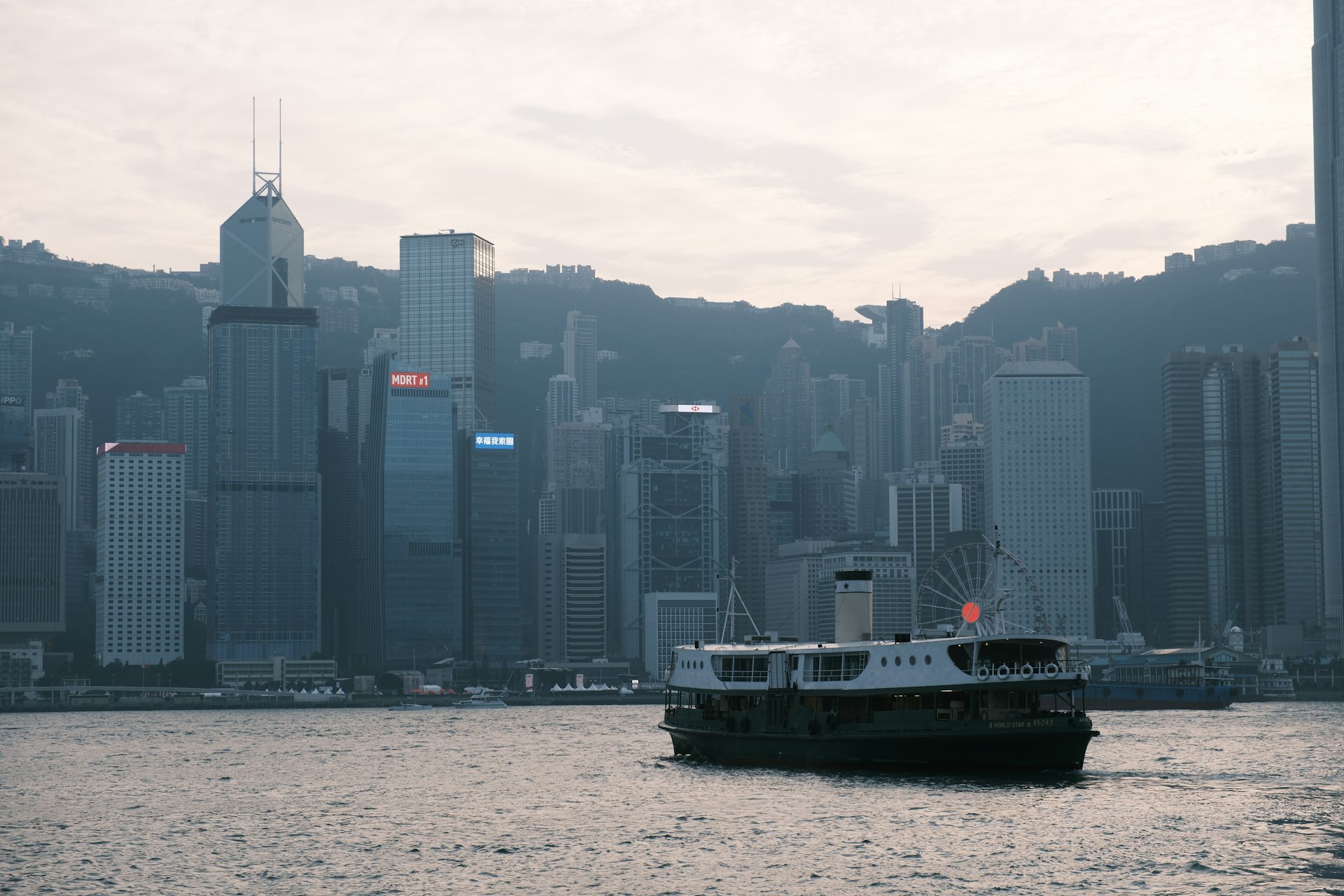
What was your favorite way to get around?
Hong Kong has many ways to get around, but my favorite is the Star Ferry. It has served as a practical link between Hong Kong Island and Kowloon since 1888, long before more modern connections were built. A ride isn’t just about the date; It’s also about performance and unbeatable ideas. Crossing Victoria Harbor is a quick but beautiful view of the city skyline and surroundings, and it’s only HK$4 (about US$0.50) for the lower deck.
This ferry is not a luxury cruise – it is a workhorse of public transport. It’s reliable and straightforward but its affordability and frequency make it a great choice for anyone commuting between the island and the mainland. Each ride also provided a breather from the fast-paced city.
What should travelers know when visiting Hong Kong?
Most international passengers arrive through Hong Kong International Airport, which serves more than 100 airlines, including Hong Kong-based Cathay Pacific and low-cost Hong Kong Airlines, as well as American Airlines and United. Like major US carriers. US travelers can find non-stop routes from Boston, LA, New York, Chicago and San Francisco. Non-stop flights from Europe start from London, Frankfurt, Amsterdam and others.
From the airport, the easiest option is the Hong Kong Mass Transit Railway (MTR). Airport Express, a rail that takes passengers from the airport to Kowloon (HK$185 round trip) and Hong Kong Island (HK$205) with stops in less than 24 minutes. Catch up after your flight with free onboard Wi-Fi.
Get an Octopus card to more easily navigate the city’s public transport. Accepted on buses, trams, ferries, and the MTR (Mass Transit Railway), this convenient, rechargeable card makes it a hassle-free way to travel around town.
While Uber operates in Hong Kong, ride shares are illegal if the driver does not have permission. An interesting feature of the app is the ability to request a duly licensed taxi, which allows for cashless payments – a notable advantage as most taxis in the city are cash only. However, this convenience often comes at a higher cost than driving a traditional metered taxi on the street.
Hong Kong is almost always humid, especially during the summer months. Even in late November, I found myself sweating as I walked around the city in jeans and a t-shirt. Light, breathable clothing will make your exploration more comfortable.
Cash is king in small businesses. While many places accept credit cards, small shops, local eateries and markets often prefer or only accept cash.
Alexander traveled to Hong Kong at the invitation of the Hong Kong Tourism Bureau. Lonely Planet contributors do not accept gratuities in exchange for positive coverage.
